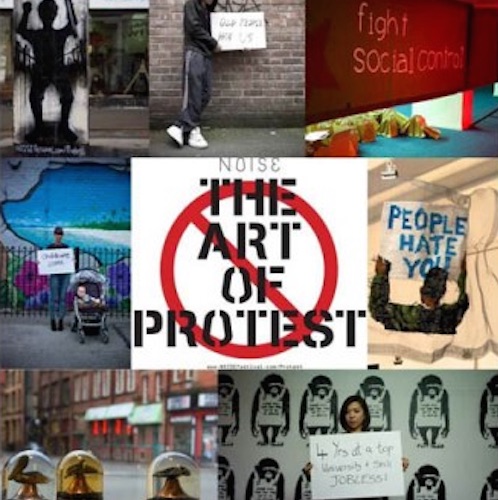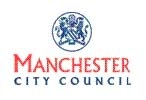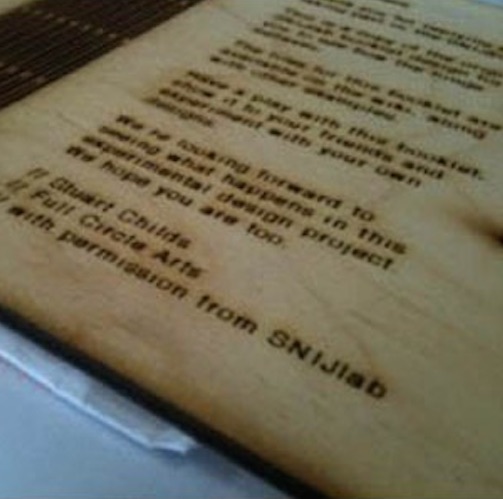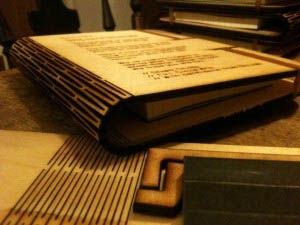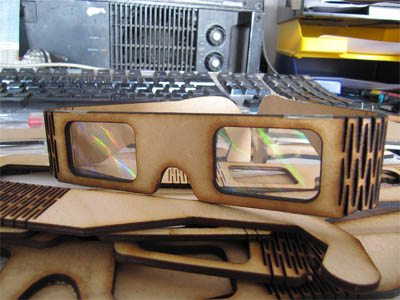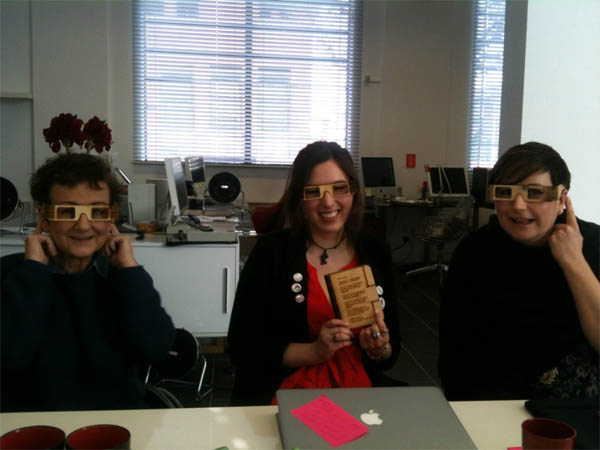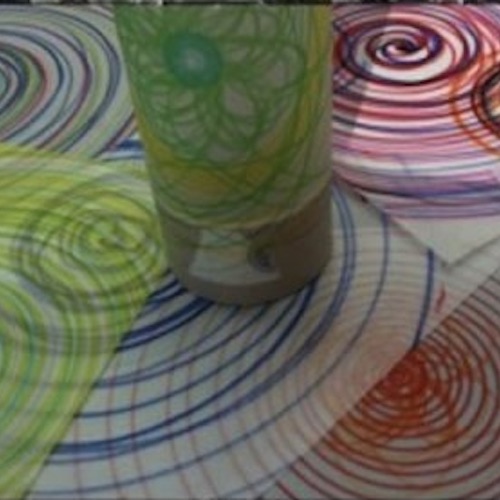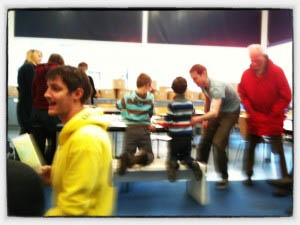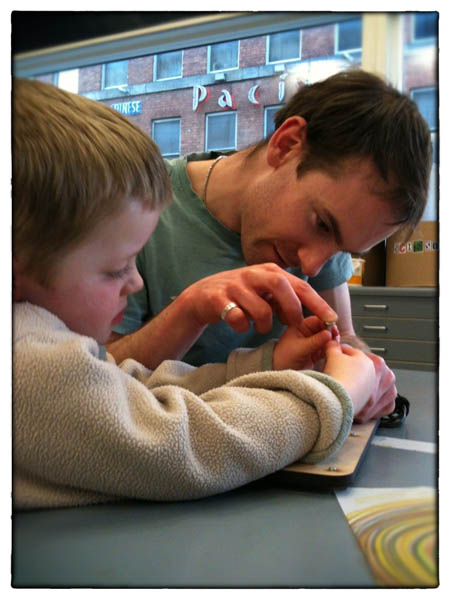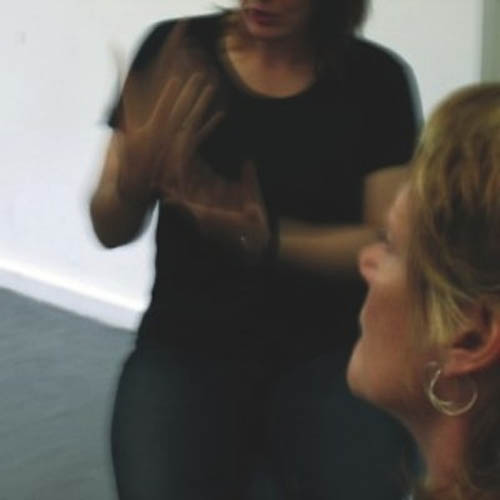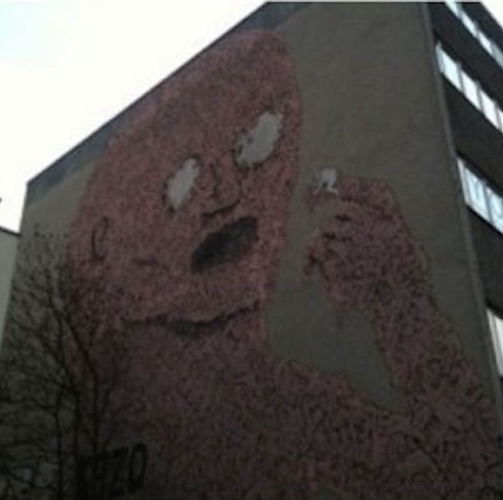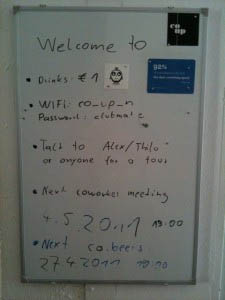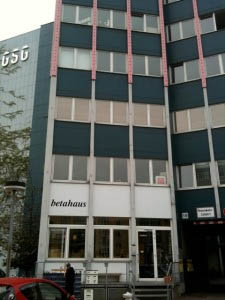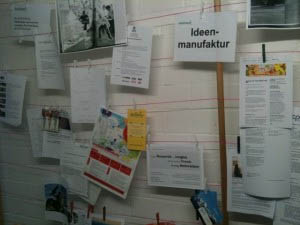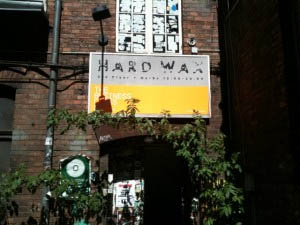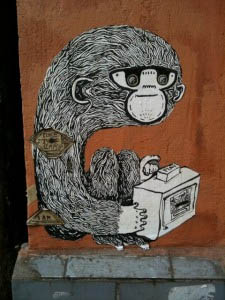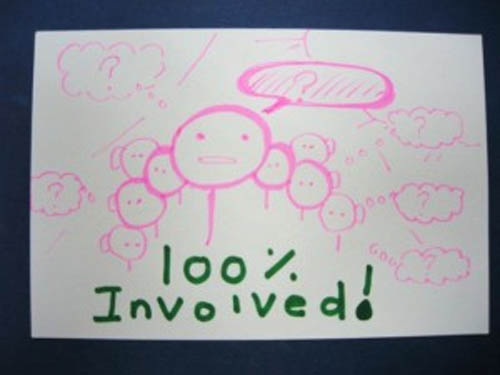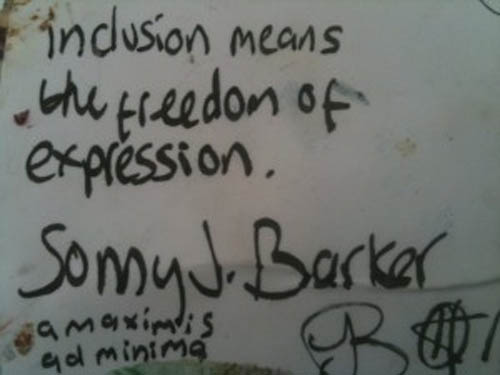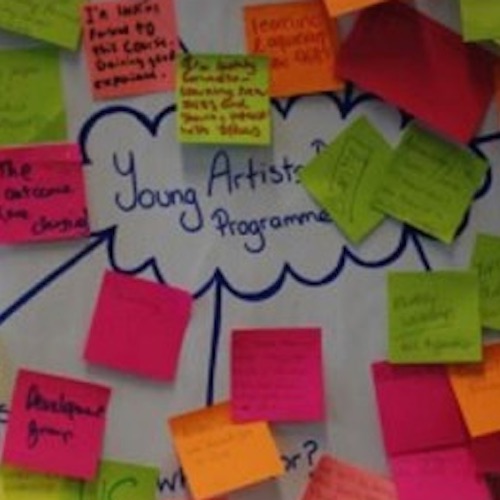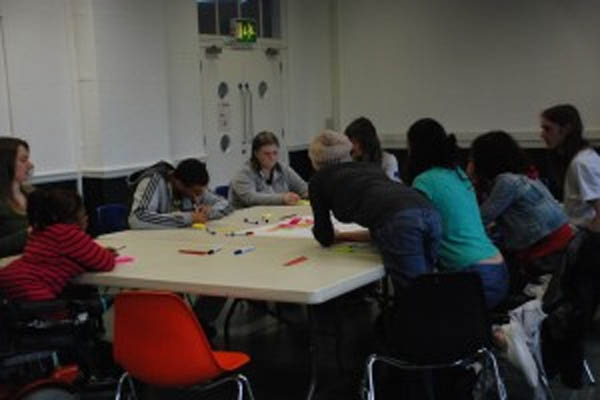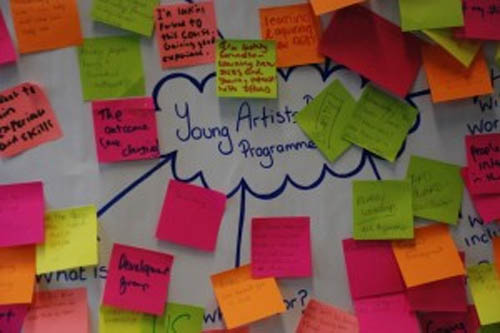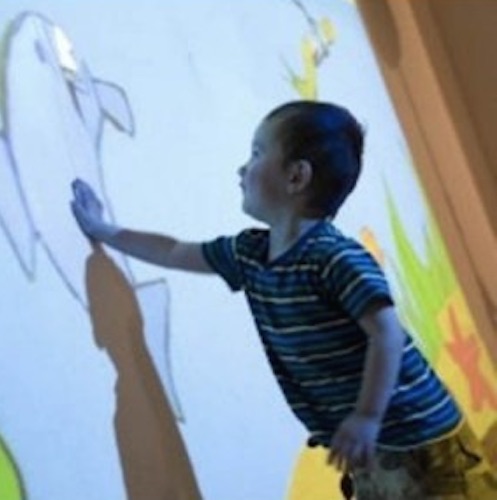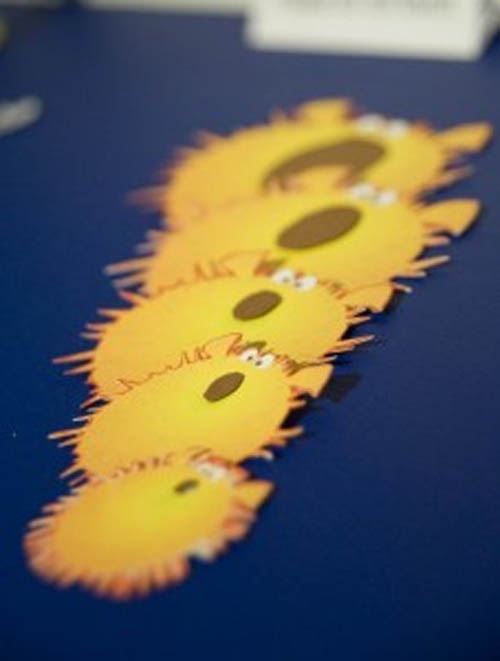We had a chat with NOISE and we decided that it would be great if Full Circle Arts could get involved. The aim was for FCA to submit a work of art, representing the voices of our friends and followers. We sent out a callout via Facebook, Twitter and our newsletter, and put together a little collage of the works that were submitted to us.
***
Key to The Art of Protest collage with alternative text for images
1. By bridge9. A large (7ft high) piece of crumpled newspaper lies in the centre of a large flat beach with the sea out in the distance. Its a photo of a big stencil he did on the beach in Ireland in protest against the rubbish people leave on the beach…He left it on the beach. it’s spray paint on sheets of plywood.
2. By Derek Culley. “Forgotten Man – Forgotten War” Oil painting. A dark and gloomy background with a ghostly face with large white eyes stares out directly at the viewer.
3. From Gill Guest. Using a photograph by Polish Photographer Mateusz Stachowski. The photograph is of a small and bedraggled teddy bear sitting on his own. Gill used it to illustrate the word her son Alex chose to describe what it’s like to have ME. ‘Forgotten’.
4. By Juan delGardo. “Who Are You Entertaining To” A still from a short 15 min film by Juan. The still shows a room with table covered in maroon table cloth. To one side of the table a man is seated wearing just a white vest, perspiring and looking sad, eyes turned down towards the floor. In front of the man facing him but with back towards the viewer stands a figure, we only see the torso the legs being behind the table and head and shoulders are out of shot. The film can be watched on Vimeo here: http://vimeo.com/4634654. Over and over again a man hits another man. With his back to the camera the abuser towers over seated victim who faces us, his eyes averted. Each time he is hit the force of his assailant’s blows throws him sideways. Each time he slowly recovers himself and returns to his seat, composed, awaiting –as we begin to – for the next assault.
The work is a performance recorded in real time so that while the victim’s enacted response to the blows is a fiction mimicking reality, it is also each time slightly different, his reaction slightly modulated, perhaps taking longer to regain his composure, perhaps compressing his lips, or breathing even more heavily,, while he swallow hard or winces.
5. By Pauline Heath. “Winners and Losers” Painting, A brown plain flat background. In the top left hand corner lies a coiled snake, just off centre to the right is a red ladder and to the right of this are the words, “Some people win and the rest of us lose under the Tory Government. I put faith in Snake than Tory”.
6. By Liz Crow. “Bedding In”. A still photograph of Liz’s live art performance over 3 days. The photograph shows a room in the centre is a large wooden double bed with large fluffy white duvet. In the bed lies Liz, eyes shut and snuggled under the duvet. A red throw hangs over the bottom of the bed.
Bedding In emerges from the current welfare benefits overhaul, which threatens many with poverty and with a propagandist campaign that has seen disability hate crime leap by 50%.
Says artist-activist Liz Crow, “I wear a public self that is energetic, dynamic and happening. I am also ill and spend much of life in bed. The private self is neither beautiful nor grownup, it does not win friends or accolades, and I conceal it carefully.
“But for me, along with thousands more, the new system of benefits demands a reversal: my public self implies I don’t need support and must be denied, whilst my private self must be paraded as justification for the state’s support.
“For some months, I have lain low for fear of being penalised, but the performer is beginning to re-emerge; instead of letting fear determine who I am, I’d rather stare it in the face.”
“Bedding In is a performance in which I take my private self and make it public, something I have not done in over 30 years. It feels dangerous exposed exciting. In a gallery, over a period of three days, I will perform the other side of my fractured self, my bed-life. Since the public me is so carefully constructed, this will be a kind of un-performing of my self.
“I want to make a twilight existence visible. But more, I want to show that what many people see as contradiction, what they call fraud, is only the complexity of real life. This is not a work of tragedy, but of in/visibility and complication; a chance to perform my self without façade.”
Each day, members of the public were invited to Bedside Conversations, gathering round the bed or perching upon it to talk about the work, its backdrop, its politics.
7. Pauline Heath – Untitled, Photograph with text. The photo is of the House of Commons Chamber looking towards the Speakers chair. The chamber is empty of MP’s. The text reads “After Waking from dream, I only half remembered. I remember I was walking in dark labyrinth of sewerage, that carried the sick vermin’s poison that so called culture can make. As outsider, kind society threw up, from the bottom of its stomach rejecting even knowing of my being. Erasing my birth details Putting me in the stinking rat infected sewer”.
8. Pauline Heath – “World” painting a plain black background with to the top left corner a picture of Earth. In the centre of the painting are geometric shapes in different shades of blue made from intersecting circles.
9. Pauline Heath – “Second Rate” Photo with text. The photo shows a large tip with tractors and lorries tipping rubbish while birds circulate overhead. The text reads “Stuck in a wardrobe not being worn. Being passed over for the newest style; hoping fashion will come full circlewhen I could be an item of clothing worth seeing. To be a hundred. My dream? To be given to a charity shop, washed in luxury fabric conditioner, ironed not creased. I would be priced and hung up looking brand new. Someone would buy me, treasure me, the way I should be. I wish it was the case, but I’ve a feeling that instead will be my worst nightmare, the moths will come and I’ll be eaten away and end up in a bin liner and carried away with the rubbish.
10. Pauline Heath “Broaden my Horizons” painting. A plain blue background. In the centre a geometric shaped cylinder drawn in yellow lines, circles in blue it one above the other, but the circle in the centre is orange with a pointed edge to one side pointing out of the cylinder. In yellow text to one side are the words “I wish I could broaden my horizon”.
11. Pauline Heath Untitled painting A yellow background with lots of abstract semi transparent black wiggly lines overlapping and covering the entire image.
12. Pauline Heath Untitled painting. All in monochrome outlines of shapes, stars, hearts and arrows overlap grey wiggly lies. It appears as though the centre is lit by spotlight the edges of the painting be darker toned of grey.
13. Pauline Heath “The Last Travelers” Photograph and text. The photo is a close up of a woman sat in a wheelchair sat at a table and holding a piece of paper. The text says. “Pity us down hearted for we have lost all hope and are left to drown in a sea of doubt to follow the stony path of recovery. Some of us are well equipped to endure the hassles and task of finding home. Some fall by the wayside, the emergency services were not at hand for those of us who managed to struggle through the hazards of the terrain. The cold icy wind of neglect and pouring rain of scorn have found no shelter at the hostel. If we think we can make progress we’re in the same location, in fact we have not moved at all. Without a map we don’t stand a chance. There are thousands like me lost in the wasteland wanting home and getting nowhere.
